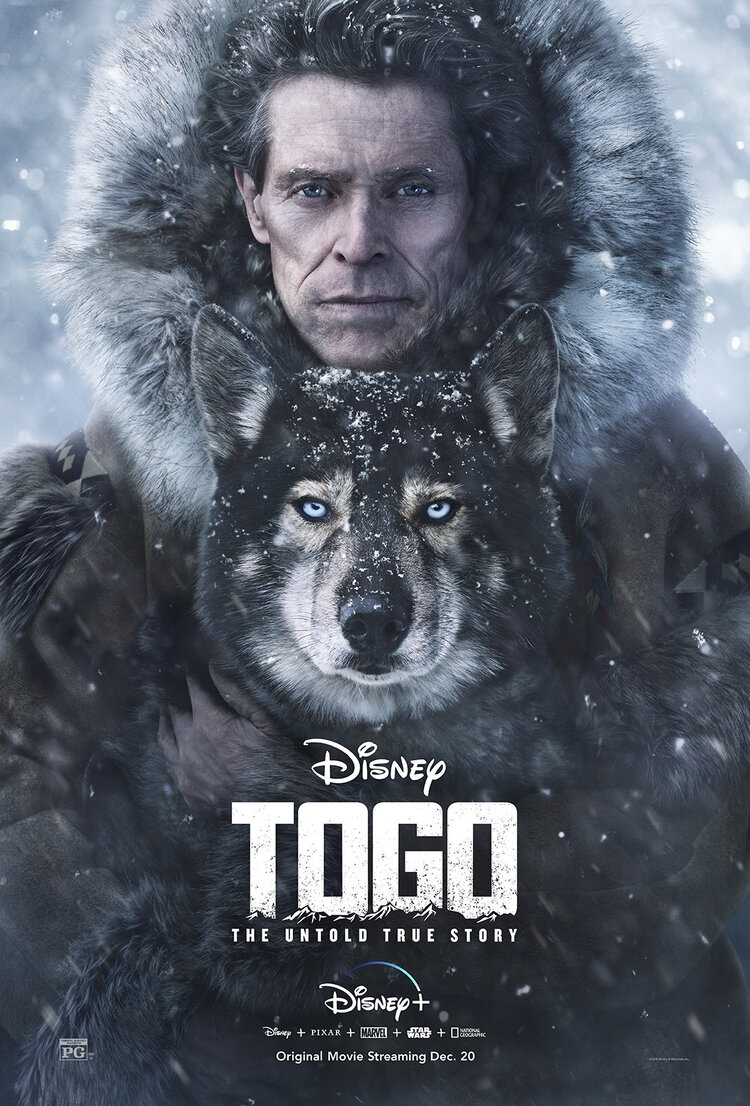
“Togo” is in the race to win the hearts of viewers this holiday season as the new film, based on the true story about the “Great Race of Mercy,” makes its way to Disney+ on December 20. Willem Dafoe takes on the role of Leonhard Seppala, the man in charge of leading his dog sled team over a 600-mile stretch, to deliver a life-saving serum to Nome, Alaska, during the town’s diphtheria outbreak.
Dafoe is joined by Julianne Nicholson, who gives a stellar and heartwarming performance as his wife, Constance. Michael Greyeyes (Amituk), Christopher Heyerdahl (George Maynard), Michael Gaston (Joe Dexter), and Michael McElhatton (Jafet Lindeberg) are also among the cast. The film is written by Tom Flynn and helmed by director Ericson Core along with producer Kim Zubick.
The 1925 serum run to Nome, Alaska, has long told a story about a brave dog named Balto, who brought the antidote home in the final stretch of the treacherous, snow-covered course. Movies, and a grand statue in New York’s Central Park, solidified Balto’s place in history as the hero of the story.
Now, Core, Zubick, and Flynn help piece together the tale of the true hero behind this miraculous run, the real underdog – Togo.
Hollywood First Look Features joined Ericson Core and producer Kim Zubick over at Walt Disney Studios in Burbank, California, before the movie’s release.
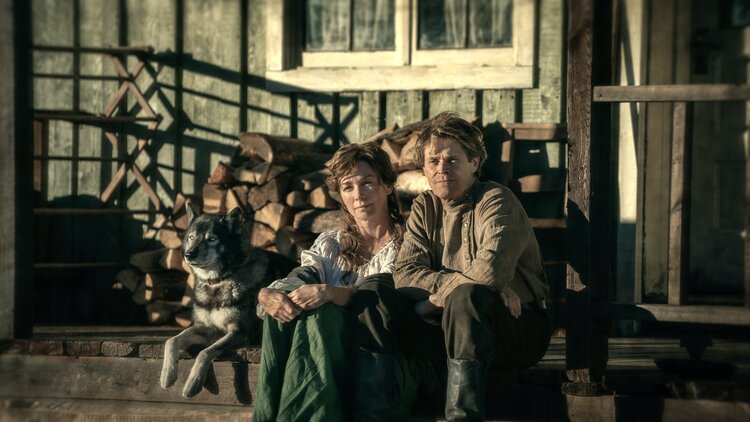
(Photo: Courtesy of Disney+)
Sari: What was it that drew you both to this project?
Kim Zubick: The first thing was the script. I couldn’t read the entire script. I was crying so hard I couldn’t see the page. But, what clinched it for me was getting on the phone with Ericson. We had a couple of phone calls because he was shooting in Atlanta at the time, and we just saw the same movie. I think that’s the most important ingredient in making a film is making sure that you see the same target. Once I spoke to Ericson, I was absolutely besotted and felt like we needed to make this film.
Ericson Core: The film came to me through Sean Bailey, the president [of Disney] who knew me from when I worked on ‘Invincible’ here at the studio. He was a producer on another project that we were talking about making, and he met my wolf. I had an Arctic wolf for many years, and I regaled with many stories of the insanity of the nuclear explosion of the fur coat that was my wolf as a puppy, wanting to get rid of him, ultimately keeping him, and the connection. So, Sean had an instinct that I was the right person for the movie, I think, based on that. I was a mountain guide for many years, so I’ve worked in the outdoors a lot. This was a film that required some of that interest at minimum to do it. Then when I read it, I was in tears and couldn’t make it through the script without crying on several occasions. It connected very personally to me. I knew, as a filmmaker, you always want to find a story that speaks to you, but more importantly, that you feel you can speak for it because you’re in service of it. That was definitely true for ‘Togo.’

(Photo: Courtesy of Disney+)
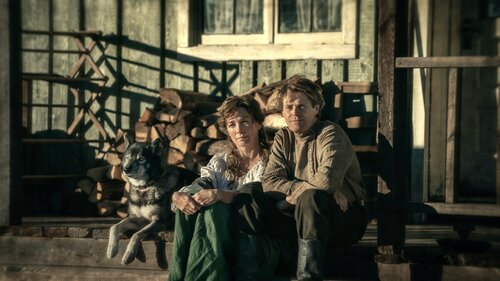
(Photo: Courtesy of Disney+)

(Photo: Courtesy of Disney+)
Sari: The film is based on a true story that takes place in 1925, but obviously, the focus is on the human-dog connection as opposed to the human-human connection. What kind of liberties did you get to take with that?
EC: I find that to be an incredibly important connection. We were telling an epic tale of the serum run, and 1925, and the storm of the century, but an intimate tale in between that. As much as Seppala was stoic, and had a tough outer shell, it takes a long time and a very special relationship, a bond that allows a man to find his emotional center. I think animals can do that. The arc of the story for me was Seppala going from Togo being a work animal, not a pet, not a friend, not a child – to all those things by the end. That’s a big emotional journey. I think most people that I know that have ever had a pet that they’ve been close to have had that experience. I think that intimate connection is so important.
Sari: Much of the film not only had to do with the relationship between Willem and Julianne but the relationship with Willem and the dogs. How did you nurture that on set?
KZ: We didn’t have to nurture anything once Willem and Julianne had the opportunity to work together. The chemistry that you see on the screen is very real in terms of the fact that they both liked each other and respected each other. It created a one plus one equals three, kind of dimension to that relationship, which was terrific. That came about, in part, because we can change the schedule around. The beautiful scene that takes place in the bedroom, we had to pull up by two months or something and suddenly shoot on our second or third day of photography. They were thrown into that, so that relationship just blossomed. It’s also a great relationship on the page. Part of what drew Julianne to it, for example, is the fact that while it fits within the era, it’s also a very modern relationship. All of us paid attention to that in terms of the choices.
Sari: Which morals of the story do you think are applicable today, just as much they were in 1925?
EC: I think there’s a ton. I think that partnership in that relationship is huge. There’s no doubt that Constance is the rock of Seppala in stormy seas, both in terms of what he does on a day to day basis, and bringing Togo into this championship animal that he didn’t realize that was there, but, also in terms of his own emotional center. I think that’s always been there. I think it’s just been more revealed, more recently than it has in the past, and we tried to make sure we imbue the film with that even for 1925.
KZ: One of the other moral aspects of it is that Leonhard Seppala was the best musher in town, and what came with that was a responsibility. In this situation, where there are no other alternatives, he didn’t hesitate to put himself and his beloved dog at risk on behalf of the town, his community. So I think in terms of morality, the idea that we are all linked through our community, and we have this responsibility to do the right thing, hopefully, shines through.
Sari: I love that you steered away from CGI, and you were actually in that environment when you filmed this. I imagine shooting was rough, but I want to hear about some of the beautiful surprises that came out of being in that atmosphere?
EC: It was always my intention, after reading it, to want to do it for real. Doing this on stage and having fake circumstances be played as the truth is very common now in filmmaking. I think the sense of peril and the sense of depth in a story is limited by that. Doing it in real environments as we did, we didn’t shoot on stage or green screen at all, was done on purpose, but it was very challenging to do that without a doubt. With six-hour flights, temperatures that dipped into the minus 30s at times, snow that came too early, and snow that didn’t come later, we had to chase things. But I think that one of the beautiful things about that is, we had to listen to nature and trust our instincts and know that we had a strong enough script that it was going to survive the stormy adventures that we went on. There are a lot of beautiful skies and moments and intimate things that happened that never would have happened if we pre-planned it entirely to the point where it was so exacting. There’s a lot of truth in the film that I hope transcends the story.
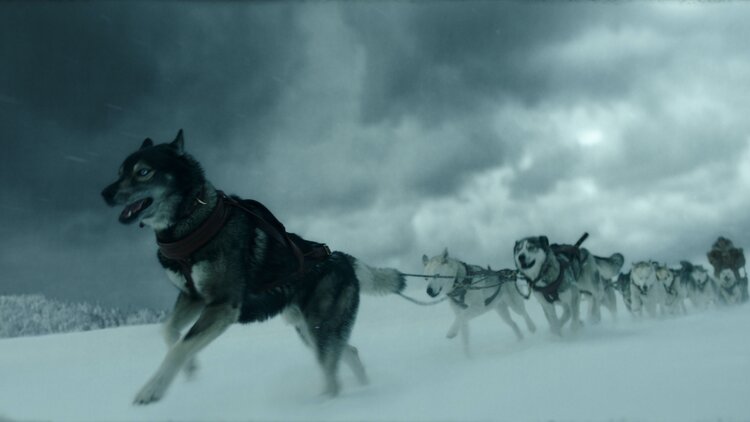
(Photo: Courtesy of Disney+)
Sari: What makes Disney+ the perfect home for this?
KZ: It is a film is for everyone. By having it come into your own home, you have the opportunity to share it with your mom, your grandpa, your kids, your parents, and apparently your dogs. I hear the dogs also like it. And we’re excited to be able to release it at a time, during this holiday period. People are naturally spending time, so they’ll be able to watch it hopefully more than once.
EC: It’s also a word of mouth film for people. I think it’s going to be discovered. There’s not always that much room for films that aren’t tentpole movies to be discovered in theaters anymore. As a filmmaker, as much as I love large screenings and large audiences to see a film at the same time, there’s a ticking time clock, in order to succeed or not succeed in the theater. I think this is a film, that like Seppala’s journey, has a long sledding trip ahead of it, and I think it’s going to take some time, which Disney+ is the perfect vehicle for.

(Photo: Courtesy of Disney+)
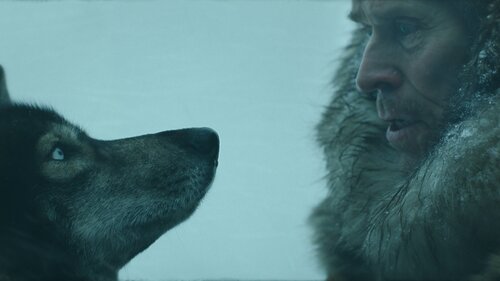
(Photo: Courtesy of Disney+)
‘Togo’ will premier on Disney+ on December 20.
Published on Hollywood First Look Features.